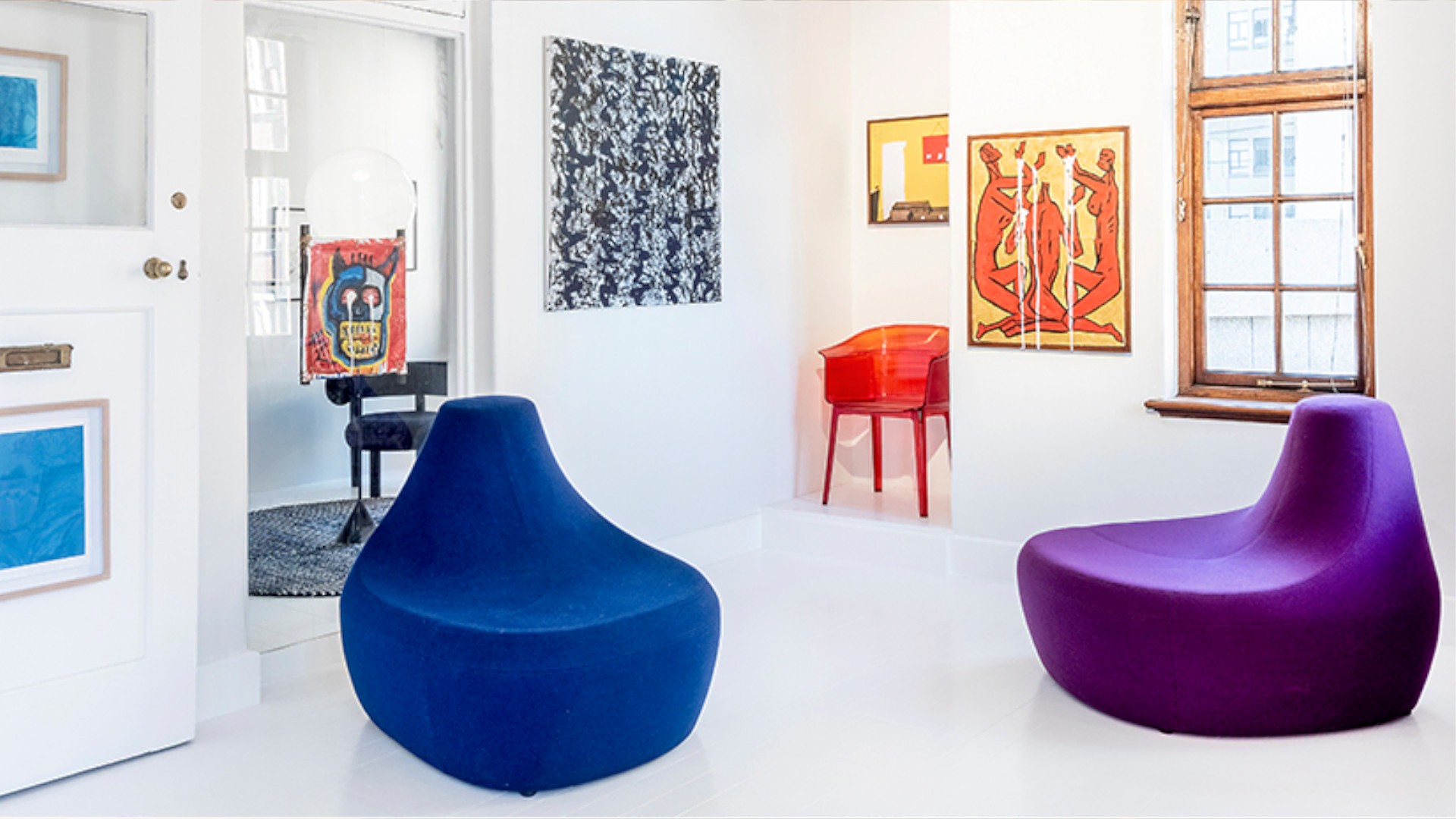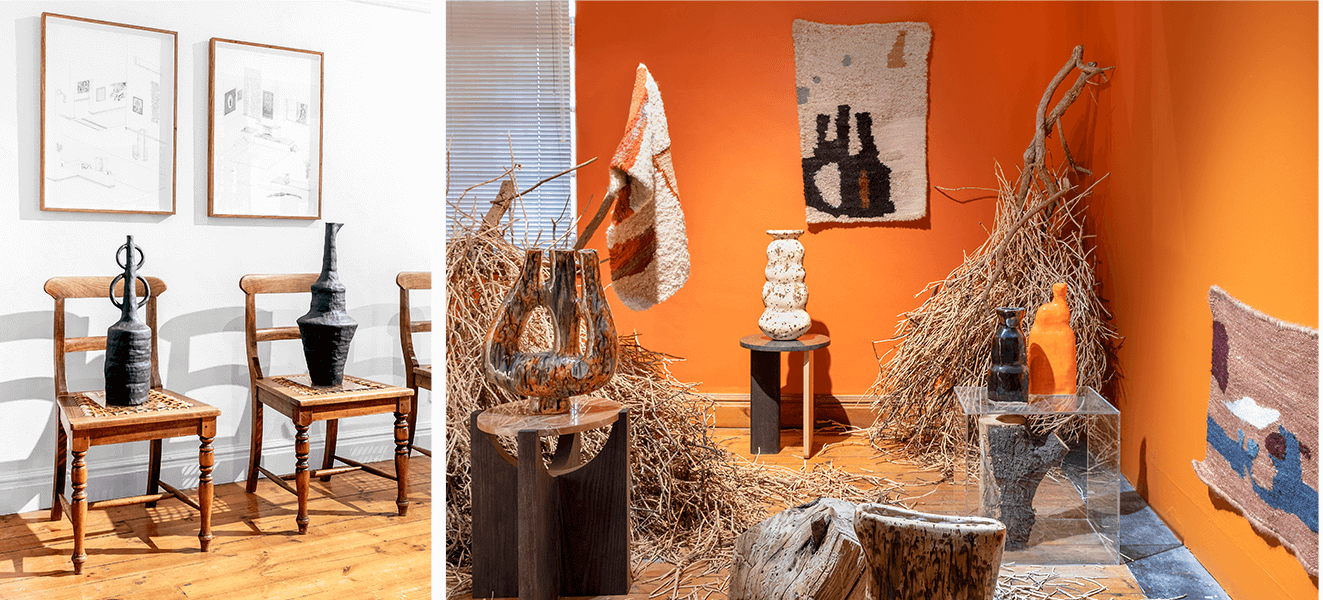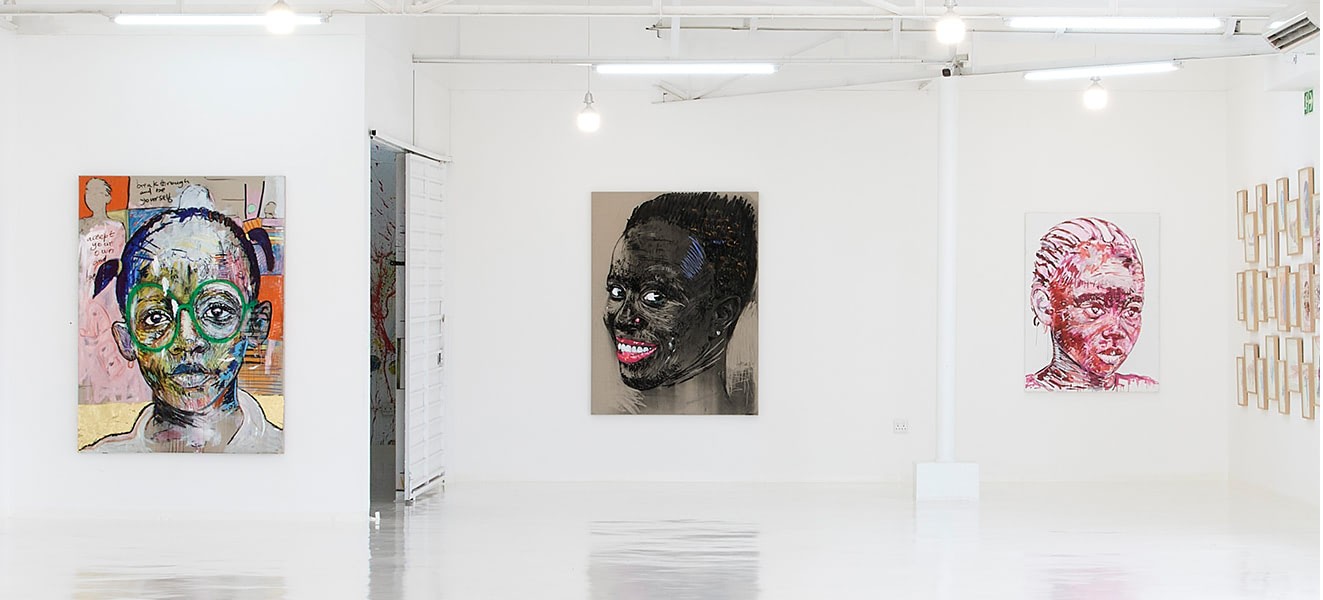Our tool for managing your permission to our use of cookies is temporarily offline. Therefore some functionality is missing.

ARTISTS DOING IT FOR THEMSELVES.
Check out four new art spaces, where artists are reinventing the gallery.
The art world used to have a clearly established system. Young artists seeking to launch their careers would endeavour to find a gallery to represent them. It was always a struggle: putting on exhibitions and nurturing an artist’s talent, while developing their careers takes a significant investment, but galleries could afford to be picky. Artists would slog away to gradually climb a ladder as they graduated from group exhibitions to the prize of a solo show.
While the system undoubtedly has its merits, a new model of doing things has recently sprung up – artists who have established their own galleries. Part of this might be the result of a changing media landscape – social media allows artists access to audiences and shows their work directly, with no need for conventional exhibition spaces. With enough traction, however, some reach a tipping point at which they can actually hold their own exhibitions in physical spaces too.
Combined with the effects of the pandemic, which forced audiences online in search of social and cultural sustenance, along with social movements questioning existing institutional structures, the conditions grew ripe for new approaches. That said, some of the most prominent artist-run spaces predate the pandemic.
Check out these four artist-run spaces for a taste of a new breed of gallery…
Artist Banele Khoza blasted onto the art scene in 2017 when he won the Gerard Sekoto Award at the ABSA Art Gallery with his distinctively abstract figurative paintings. In response, rather than following the conventional route, he opened his own space in Braamfontein with a vague idea of an atelier-type space (he studied fashion design before crossing over into fine art). His statement at the time made it clear that he was going to figure out exactly what his “space” would be and how it would work as he went along: “The space has been rumoured to be a gallery/shop/studio/artist project/project space,” he said prior to its opening. “Perhaps it is a collective of all the mentioned, that is why I myself do not know the actual answer to it. I also do not know how it will adapt going forward, as there will be plenty of projects taking place, there will be an activation of talks, there will be curated shows, open studios. This is a space for creativity, driven and led by expression.” In January 2021, Khoza moved closer to the Joburg art hub into a ground-floor space in the Trumpet building in Rosebank.
www.bkhz.art

IT IS DEVELOPED BY ARTISTS AND IS CENTRED AROUND ARTISTS.
This space in the Joburg CBD is largely the brainchild of artist Nelson Makamo, whose standing among local artists took on gigantic proportions when he found global fame, helped along by public endorsement from Oprah Winfrey and having his work featured on the cover of TIME magazine’s Optimists issue in 2019. His meteoric rise allowed him to jettison the traditional artist’s career trajectory – Makamo had butted heads with galleries who represented him in the past – and determine his own career direction. He decided to remake the image of the gallery space as unequivocally artist-centric. “It is developed by artists and is centred around artists,” says the project’s mission statement. “It is a space created to serve the artist and it will remain strategically open to the ever-changing dynamics of the art world, in order to assist artists to remain active and relevant as the art world and the world at large transform.”
www.bothoprojectspace.com
This gallery grew out of a smaller space that had been at 44 Stanley for some years before it expanded to include a dedicated gallery space in 2019. The Atelier is a framing studio run by the couple Didier Presse and artist Fiona Pole. As well as showing some of Fiona’s work, they’d also exhibited and sold a fantastic selection of local limited-edition prints, albeit on a small scale. When the space next door to The Atelier opened up, they were approached by the landlord to open a gallery. Another artist, Chloë Reid, joined them in the endeavour. She’d been studying in Glasgow for some years, and had immersed herself in the rather unconventional art scene that had been thriving in the city. “There are a lot of galleries that are artist-run and self-sustaining, and basically run on different models,” she said at the time. And she saw huge potential to explore some of those ideas back home in SA. She found among local artists a desire, as she put it, “for something that isn’t as fixed as a gallery space, and operated slightly differently, where there isn’t such a clean divide between the artists and curators”. She set up the gallery to be a kind of collaborative, interdisciplinary space, with the intention of doing everything from hosting children’s workshops and book launches to exhibitions. The gallery doesn’t have a stable of artists, but rather adds something quite different to the art ecosystem; it’s a bit looser with the hope of dissolving some of the boundaries between disciplines, and enriching the art scene in the process.
www.thegalleryjhb.co.za
Installation view of the group exhibition entitled The Spectacle at THEFOURTH earlier this year, featuring works from the Spectrum Series by Warther Dixon.

One year, sculptor Rodan Kane Hart and interior designer Maybe Corpaci decided to try something out of the ordinary to coincide with the Investec Cape Town Art Fair. Instead of exhibiting in a booth, they launched a side project showing art in their own apartment in the Exchange Building off St George’s Mall in the CBD. They called the event/exhibition “Apartment”. “It acted as a non-conventional exhibition, replacing the traditional gallery space with that of a domestic living environment,” they wrote in their brochure at the time. That experiment led them to establish a more formally commercial space on the building’s fourth floor – hence THEFOURTH – that expanded the idea of showing art in a living environment rather than a white cube. “The intention behind this hybrid is to create a space that is invariably commercial, whilst at the same time informative. Viewers will be in a position to understand more about design, its history and its inextricable relationship with art.” They have since extended THEFOURTH’s endeavours to include a residency programme.
www.thefourth.co.za




